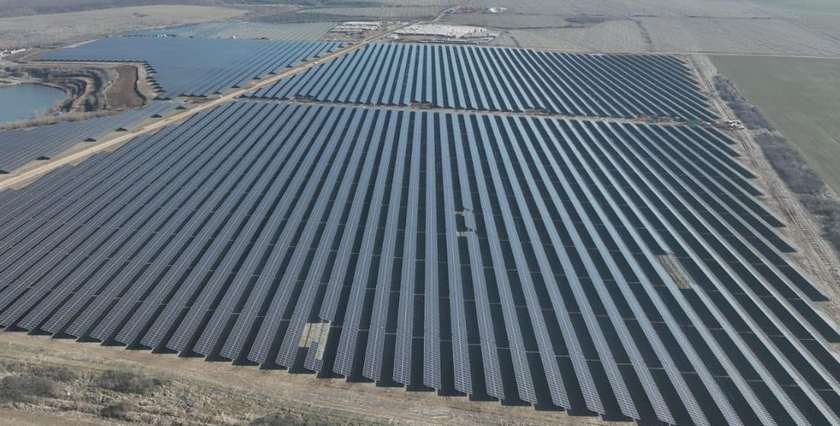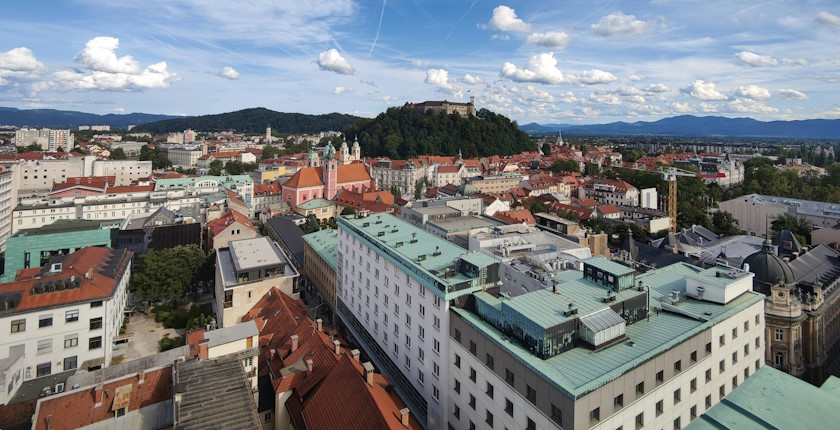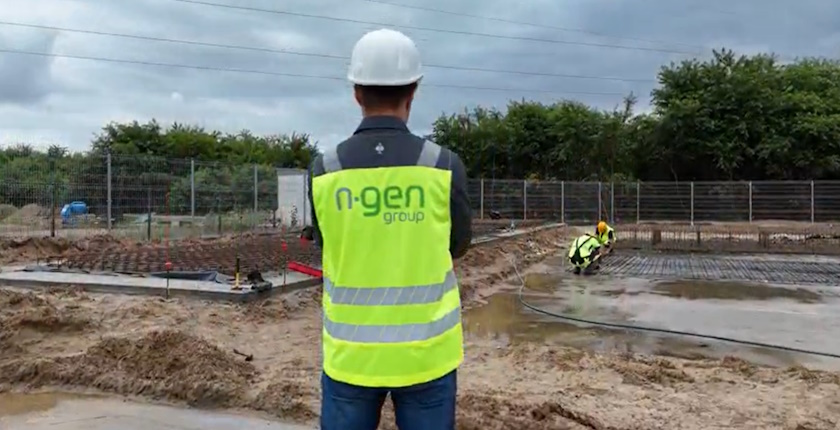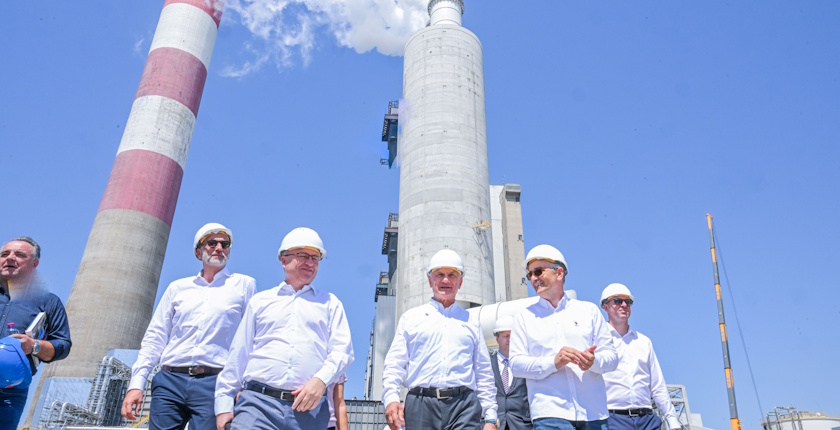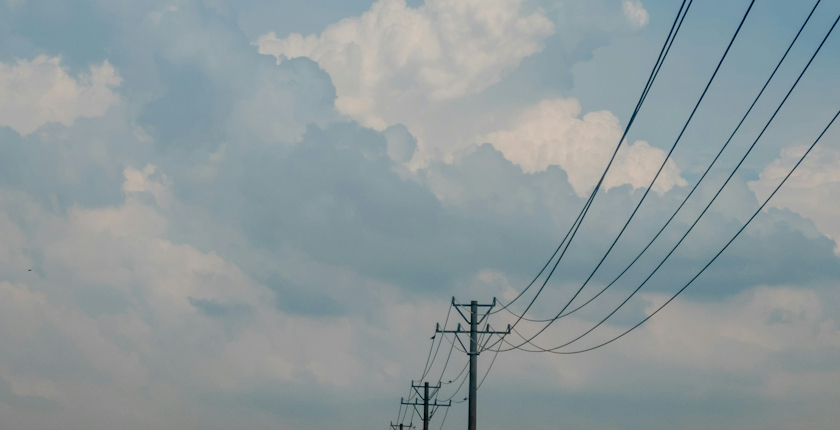
Montenegro’s transmission system operator CGES boosts profit by 28.1%
Montenegro’s transmission system operator CGES achieved a net income of EUR 12.9 million in the first six months of this year. It is 28.1% more than in the same period of 2024 and on a 2.5% higher revenue.
The dedication to quality and operational efficiency is materializing in concrete results, and the outlook remains bright, the management of Montenegro’s electricity transmission system operator (TSO) said. In the semiannual financial report that it published on the website of the Montenegro Stock Exchange, Crnogorski elektroprenosni sistem (CGES) revealed that its total revenue came in at EUR 47.9 million or 2.5% more than in the first half of last year.
Expenditures grew 0.27% to EUR 33.3 million. The company achieved a net income, after tax, of EUR 12.9 million. It is a substantial, 28.1% rise against the result from the equivalent period of 2024.
CGES doesn’t expect that power price volatility and growth would significantly affect its financial stability
“The volatility and growth of electricity prices in the market that was caused by problems in the delivery of oil and gas in Europe, and later with the war in Ukraine, represent a risk affecting a potential increase in costs for the procurement of energy to cover allowed losses in the transmission system; however, without a more pronounced effect on the company’s financial stability throughout the current year. CGES has already launched certain activities to partly mitigate the impact of this risk,” the document said.
The government has a 55.4% stake in CGES. The next-biggest shareholder is Italy’s TSO Terna, which controls 22.1%, while Serbia’s TSO Elektromreža Srbije (EMS) holds 15%.
The Podgorica-based company had a EUR 24.8 million profit in 2024, after EUR 35.7 million the year before.
Of note, CGES signed a letter of intent in March with the two other state-owned electricity companies – power producer Elektroprivreda Crne Gore (EPCG) and CEDIS, the country’s distribution system operator (DSO) – on establishing strategic cooperation for the Consolidated Data Center (CDC) project.

